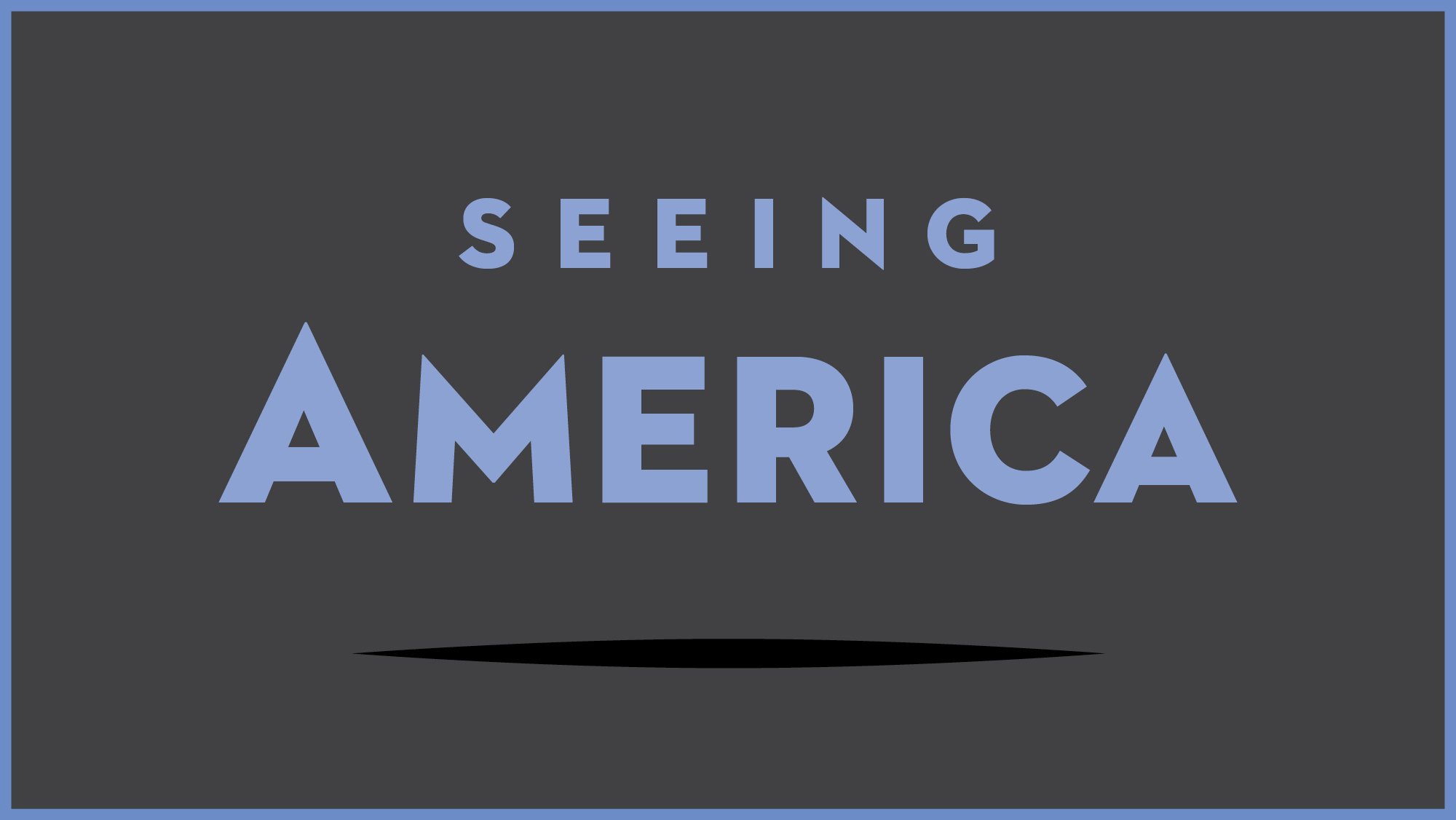Test your knowledge with a quiz
Anishinaabe Outfit
Key points
- This Anishinaabe outfit highlights the alliance between native cultures of the Great Lakes region and the British, who wanted to preserve their lucrative trade routes in the area during the years following the American Revolutionary War.
- Anishinaabe women artisans transformed materials available through the trade networks of the British Empire to create finely-crafted clothing reflecting native traditions and aesthetic preferences.
- Border disputes contesting the United States’ claim to northern territories near the Great Lakes and Canada contributed to political tensions that led to the War of 1812.
- Ritual trade with native peoples involved the practice of gift-giving, exchanging objects of cultural value that demonstrated mutual respect between trade partners.
Despite the unequal power between themselves and the colonists, indigenous North American societies were able, over time, to adapt to the new presence in their land, finding some convergences between their artistic practices and those of the Europeans. The term used to define this form of cultural encounter is syncretism—the melding of two or more different belief systems, artistic styles, or cultural practices to form a third, distinctly different one.
Although many indigenous societies had been dislocated from their ancestral homelands as a result of white settlement, epidemic, forced relocation, intertribal raiding, warfare, and shifting ethnic alliances, they were nevertheless often able to devise a culture of the middle ground. The crucial factor permitting this was that Natives and Europeans met in partnerships from which each benefited, based on trade. Natives retained aspects of their cultural autonomy as they hunted and trapped America’s abundant wildlife to supply an international market. The pelts and hides were sent to Europe; in exchange, cloth, iron and silver, and glass beads made their way across the ocean to North America. The indigenous artistic repertoire expanded to incorporate these trade goods. Although their cultures were changing so rapidly as to be threatened with virtual extinction, Native people acquired and assimilated new materials and motifs, while trying to exploit new opportunities for economic and artistic enrichment. The visual culture of the middle ground was hybrid and inventive, resilient in the face of foreign occupation.
From Angela L. Miller, Janet Catherine Berlo, Bryan J. Wolf, and Jennifer L. Roberts, American Encounters: Art, History, and Cultural Identity (Washington University Libraries, 2018), p. 32. CC BY-NC-SA 4.0
Go Deeper
Learn more about this outfit at the National Museum of the American Indian
Primary sources from the Digital Public Library of America
What can we learn from Native American clothing?
What effect did Europeans have on native cultures in the Great Lakes regions?
What role did the Anishinaabe play in the War of 1812?
More to think about
We often use clothes and fashion to express our identity to others. How does this Anishinaabe outfit complicate the notion of a singular American or national identity in the early years of the United States?
Smarthistory images for teaching and learning:
[flickr_tags user_id=”82032880@N00″ tags=”AnishinaabeOutfit,”]



